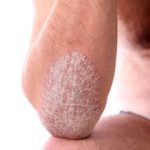
Life isn’t fair, it has never been. That is perhaps the best way to introduce a skin disease that is caused not by germs but by your body fighting itself. After the self-destruction exercise, the body leaves behind a skin lesion that is a clearly demarcated patch with silvery white scales that might itch although some never itch at all.
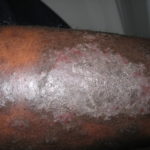
Some describe it as bug bites that never go away. People with moderate to severe psoriasis find it emotionally disabling and many suffer from low self-esteem because of the ugly looking skin lesions.
Psoriasis is an autoimmune disease that occurs most commonly on extensor surfaces of the elbows, knees and back but it can be anywhere depending on the severity. The palms, soles, and face are typically not affected by psoriasis. It is a chronic relapsing dermatitis often without a known cause.
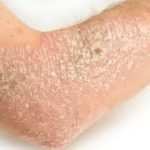
There are different forms but the most common form is the plaque psoriasis. This forms about 90% of all cases. Psoriasis is known to run in families.
Making a diagnosis of psoriasis is usually clinical but your doctor might do a punch biopsy. Another diagnostic pointer is that the psoriatic plaque usually bleeds when removed- the so-called Auspitz’s sign.
How to Prevent Psoriasis?
There is no known prevention however physical trauma is known to trigger its occurrence. This is the so-called koebner phenomenon- that is the formation of psoriasis plaques at the site of physical trauma.
Psoriasis might affect your nails
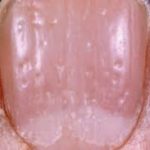
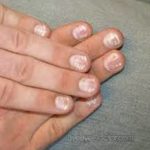
Pitting nail plates and other nail lesions like onycholysis, beau lines, leukonychia, splinter hemorrhages are common in patients with psoriasis and when found supports the diagnosis of psoriasis.
It also causes arthritis
Psoriasis can cause painful swollen joints but skin plaques usually precede the joint involvement.

Treatment
Psoriasis treatment can be placed in different categories that are usually in succession but can be combined.
Topical Therapy
This is the first approach. Skin emollients/moisturizers especially those with a higher lipid to water ratio soften the plaque and are used for mild to moderate plaque psoriasis. It is best applied after bathing twice daily. It is a good idea to wait for about 10 minutes to allow penetration before applying other topical medications.
The next approach is to use keratinolytics. These medications soften and remove the scales. An example is salicylic acid. Please note these are not for children.
Steroid creams, however, remain the mainstay of treatment. Steroid cream use should be guided by a physician as they range from super potent to mildly potent.
Other adjuncts to steroid cream may include vitamin D analogues (like calcipotriene or calcitriol), Retinoid, Tar, and Phototherapy.
Some cases may need systemic medication but these are best managed by a Dermatologist.
Many people suffer from psoriasis, you may take solace in the fact that you are not alone. Some people with psoriasis have described feeling better emotionally after accepting psoriasis as something they have to live with. It will wax and wane but never goes away.
If you suspect you have psoriasis please see a doctor.